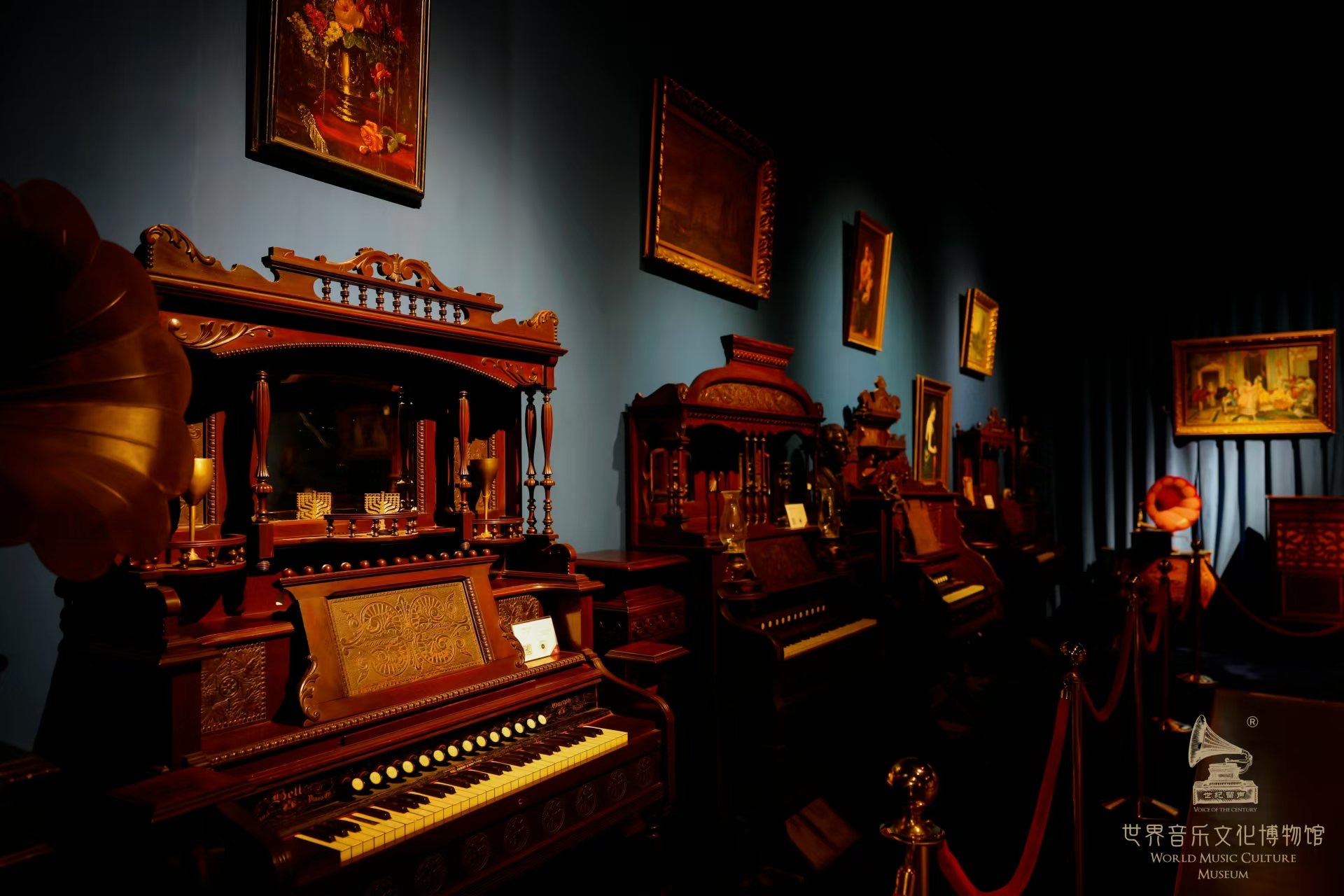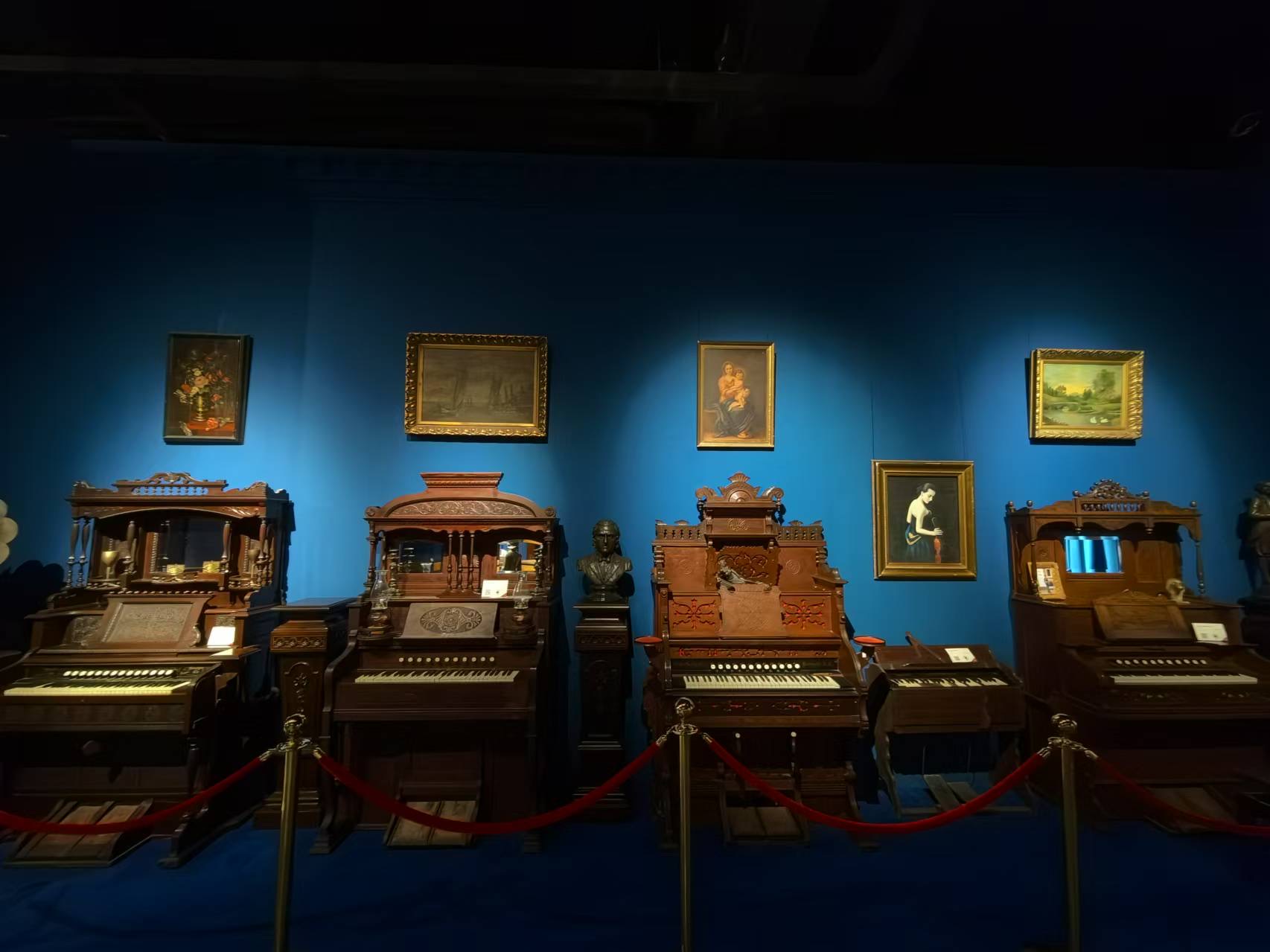The organ's sound is deep, rich, and resonant, making it an ancient and solemn instrument.
Throughout much of history, the organ accompanied choirs in Western churches and was also played daily in noble castles as a symbol of status. In royal households, children were taught to play the organ from a young age.
In 1810, inspired by the Chinese sheng, Parisian instrument maker Grenier developed the organ expressif. The performer pumped air through foot pedals, vibrating the instrument's reeds to produce sound, hile playing the keys.
In 1840, French instrument maker Debain refined the instrument primarily by adding stops. This expansion granted it the expressive range of a pipe organ, enabling varied tonal colors, an it was named the Harmonium. The small reed organs built in Canada about the middle of the 19th century were called melodeons or cottage organs; the larger models, introduced after 1860, were known as harmoniums, cabinet organs, parlour organs, and, popularly, pump organs.
The organ exhibition area primarily showcases Charles's lifetime collection, the former president of the North American Organ Association, alongside antique organs from Europe.
Here, the sound of the organ transports visitors to a 19th-century church, where a choir sings in harmony.
Experience a fantastical journey through time and space, carried by the whispers of the wind.

